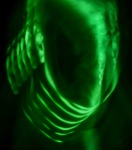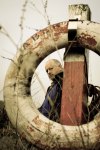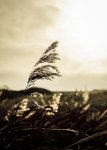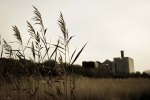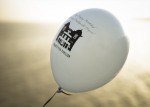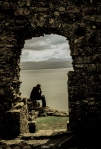
Just when you think this has become a zombie blog, I post something to suggest it has a pulse that still flickers. I am still a haphazard tinkerer, blown like a leaf in the wind. The world remains in a permanent state of strange; none more so than in the last 12 months. We were warned it was coming; we knew it was coming; and, from one of those stories in a side bar that usually disappear without trace, it blossomed. I remember the last film I saw with friends was the magnificent ‘Parasite’ in a crowded Chapter cinema in Cardiff. We knew trouble was afoot by then but on that 21st February night I doubt many saw the extraordinary year that was yet to unfold.
There was a brief respite last summer with eating out, an all too brief thing, and in late Autumn I managed to setup a TV in the garden so friends and I could watch some cricket together . It is only in the last week that rules allowed me to do that again and, thanks to Spring coming on at a snail’s pace, it was bloody freezing. I am by nature a fence sitter so I have accepted whatever measures have been put in place but the fact we have not been able to have friends in our homes for over year is really quite mind boggling.
I have regaled my son with tales of strikes and power cuts in the seventies but for young people this has knocked that into a cocked hat. I confess in the heyday of punk, some friends and I jammed on a song called ‘Kill Your Parents’, obviously in jest, but today’s youngsters could accidentally bring that about. So, yeah we had it easy in comparison. The positive side of lockdown is I’ve enjoyed every game Plymouth Argyle have played in a season for the first time in my life, or maybe that is endured. I shall miss it when it goes.
Anyway here I am emerging blinking into the light and meeting people for the first time since before Christmas to discover, even a relative recluse like myself, is a social animal. I may babble; I may rant; and, in Ben Gunn style, I may request if you have a piece of cheese but it just means I’m glad to see you.
And here are some pictures taken with my favourite small camera, the 2009 Panasonic GF1 and it’s diminutive 14mm f2.5 lens and hefty 25mm f1.4. A very modest 8MP by today’s standard but it’s unobtrusive and a lovely thing.




















































